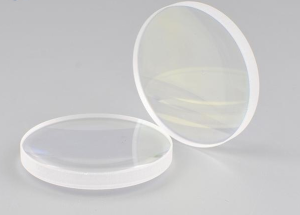The difference between optical glass and other glasses is that as a part of the optical system, it must meet the requirements of optical imaging. Therefore, the judgment of optical glass quality also includes some special and strict indicators. The following requirements apply to optical glass:
1、 Optical glass
The consistency of the specific optical constant and the optical constant of the same batch of glass, each type of optical glass has a specified standard refractive index value for different wavelengths of light, as the basis for optical designers to design optical systems. Therefore, the optical constants of the factory produced optical glass must be within a certain allowable deviation range of these values, otherwise the actual image quality will be inconsistent with the expected results during design and affect the quality of optical instrument. At the same time, because the same batch of instruments are often made of the same batch of optical glass, in order to facilitate the unified calibration of instruments, the allowable deviation of the refractive index of the same batch of glass is more strict than their deviation from the standard value.
2、 High transparency
The brightness of the optical system imaging is proportional to the transparency of the glass. The transparency of optical glass to light of a certain wavelength is based on the light absorption coefficient K λ express. After passing through a series of prisms and lenses, part of the energy of the light is lost by the interface reflection of the optical components, while the other part is absorbed by the medium (glass) itself. The former increases with the increase of glass refractive index, and this value is very high for high refractive index glass, such as for heavy flint glass, the surface light reflection loss is about 6%. Therefore, for optical systems containing multiple thin lenses, the main way to improve transmittance is to reduce the reflection loss on the lens surface, such as coating a surface antireflective film layer. For large-sized optical components such as astronomical telescopes, due to their large thickness, the transmittance of the optical system is mainly determined by the light absorption coefficient of the glass itself. By improving the purity of glass raw materials and preventing any coloring impurities from mixing throughout the entire process from batching to melting, the light absorption coefficient of glass can generally be reduced to less than 0.01 (i.e., glass with a thickness of 1 centimeter has a light transmittance greater than 99%).




